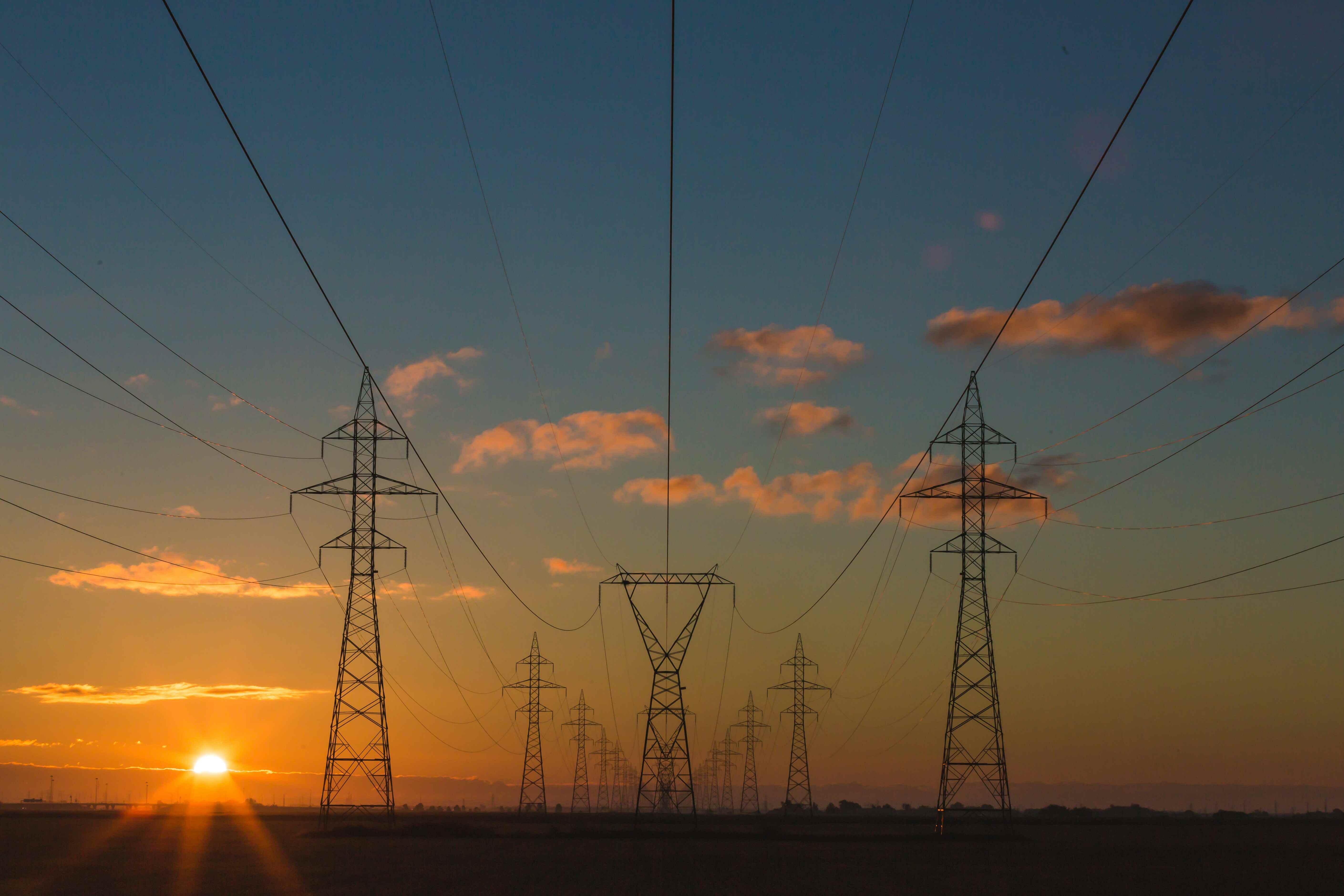
Congestion charges, demand charges, Global Adjustment, and Peak Demand Factors. They are large costs on your electricity bill, but just what are they exactly?
Introducing Peaks
It’s that time again, when your organization’s energy bills come in, and you’re once again left staring at a bewildering mountain of terms and changing fees. Capacity charges, Peak Demand Factors, congestion fees, global adjustment, demand pricing – just what the hell are they exactly?
Turns out they all have something to do with Peaks – those times when demand quickly ramps up and causes headaches for everyone; Peaks can be very expensive and confusing. These charges could be based upon electricity usage one day of the month, 5 hours of the year, or even down to one hour! How is one supposed to keep track of it all?
Peaks can either cost you money or save you money – it’s up to you to learn to play the game.
Fortunately, adopting a smart, proactive energy strategy can help your business actually save money. Informing yourself about your local Peak rates, joining a Peak or demand response program, reducing energy use during Peak hours, and finding energy efficiencies can all help you to reduce your Peak costs.
The key takeaway here is that Peaks can either cost you money or save you money – it’s up to you to learn to play the game.
This article will examine and explain the following terms and ideas:
- Coincident Peaks
- Peak pricing
- Zonal Peaks
- System Peaks
- Demand and Congestion Fees
Peaks: A Background Primer
No matter whether you’re a building manager, energy manager, finance leader, or an executive, you’ll have noticed that Peaks play an important role in determining energy prices. At this point you might be worriedly glancing at your electricity account and fretting that you have no idea when or how your Peaks are calculated.
The whole idea of Peaks can be daunting, but the key thing to keep in mind is to try to flatten your Peaks and avoid Peak pricing periods, as much as possible. Put simply, you want to reduce (as much as possible) the difference between your average energy consumption rate and those times when your usage jumps or Peak pricing is in effect.
System operators have a range of options to deal with Peaks and set Peak prices, including demand charges – fees issued to energy users for consuming energy during a Peak. System operators calculate these fees in several ways, but their calculations are usually based on a very short usage interval.
In other words, the rate which you are being charged during Peaks could be tied to your usage level for only one day of the month, even one day of the year! This means that your peak charges for the entire year could be due to usage from just a couple hours the previous year.
The rate which you are being charged during Peaks could be tied to your usage level for only one day of the month, even one day of the year!
Demand or congestion fees and time-of-use pricing play a big role in determining electricity prices. These fees are usually billed upon a facility’s individual monthly peak, or based upon the peak usage of the entire system. Demand / congestion charges play a major role in determining your energy bills, as they can represent anywhere from 20-71% of your business’ monthly electricity bill.
Specifically, demand charges are another way system operators try to dissuade businesses and users from using energy during Peak hours: the fee is based on the period of highest use / consumption during a peak period. Demand charges show consumers the costs associated with indiscriminate energy use during peaks: greater peak use requires more investments to meet demand.
System Operators measure Peaks in different ways, and peak periods can have different durations, but the peak fees and countermeasures mentioned above show that Peaks create costs for everyone.
Types of Peaks – System and Zonal Peaks
It’s the middle of summer and as the temperature rises during the day so too does the number of people turning on their AC units. At the same time, businesses and industry are still operating, so there is a real threat that demand will outstretch supply. It’s a hot day, and people need to stay cool, but no one wants a blackout. In order to prevent a blackout, systems need to deal with Peaks.
Let’s start at the beginning: there are different types of Peaks which can mean different pricing structures. Firstly, there are system peaks, which affect an entire grid, say due to the time of year. Secondly, a zonal Peak is a Peak that affects part of a system (maybe due to extreme weather, or time of day).
The summer’s heat or winter’s chill can affect a whole grid, but local weather events, maintenance, or capacity loss (e.g. equipment failure, fuel shortages, or reduced sun or wind intensity) can severely impact one or more zones, while leaving others untouched. Think of it like the layers of government – the system is akin to the state or provincial level, with zones comparable to the municipal or county level.
When Peaks occur at either a system or zonal level, businesses incur costs. An organization’s monthly charges can be based on individual peak load in a month, or on the amount of energy used by said organization during Peak hours. How the grid system in your area is set up is something worth looking into, as each grid calculates charges for system Peaks differently.
System operators have to look at the demand in all zones in a grid in order to determine prices, and thus have frameworks in place that calculate what are known as Coincident Peaks (CP).
The term ‘Coincident Peaks’ refers to the programs used by system operators to charge users for demand for a top hour(s) at a top level across the entire system. For example, Ontario has a 5CP (5 Coincident Peaks) program managed by the System Operator, where qualifying rate payers are billed based upon their usage during the top five hours of usage across the provincial system.
Individual zones in a grid can also control for Peak pricing, which can provide more localized pricing for users.
For example, imagine a business that normally uses 500KW, but has one process, action, or activity that drives their individual monthly peak jumps to 1MW.
In order to reduce the sting of the peak fees that this jump creates, a savvy business will try to run the other processes at other times during the period when peak usage is occurring (e.g. not running the AC at the same time as this intensive process, or curtailing other production lines etc.) In the above example, the business in question could implement some energy altering measures and ‘peak shave’ to reduce their highest peak from 1M to 800KW.
That way any future peak charges will be for the lower, and therefore cheaper, usage level of 800KW rather than 1MW.
Do your homework. Make Peaks work for you.
There are a range of options that you can employ to reduce Peaks and level out your consumption and save money. We’ve already mentioned load shifting to off-peak hours, but it’s important to repeat that it makes sense to shift non-essential / non-time specific tasks to other times of the day.
Alongside joining a demand response program, which can earn you payments from your system operator for reducing or promising to reduce consumption if called upon, technology can also help reduce costs.
Electric vehicle batteries can also be charged during off-peak hours and release energy during peak hours. On site, behind-the-meter generation (e.g. solar panels, geothermal wells, co-generation turbines) can reduce grid stress by allowing you to source part or all of your energy needs from non-grid sources during peak hours or a curtailment event.
Investments in heat pumps can reduce HVAC costs by extracting cold from outside air, local bodies of water, and capture waste heat from water and sewer systems, as well as industrial areas or server farms.
Making sure that unused devices are shut-off or idly in power saving mode, together with dimming lights, lowering heating and turning off non-essentials (vending machines, water fountains etc.) all help reduce peak price-related costs.
Internet of Things (IoT) technology can also play a substantial role in reducing energy use during Peaks, by coordinating many small changes, across multiple properties on short notice in order to cut down consumption, and take the guesswork out of peak response.
If you want to tackle Peaks at peak performance you need to learn where your charges are coming from. Researching your local system and learning about its Peak pricing plan is a vital step. Do your due diligence and don’t just blindly pay that bill – especially since there’s ways to reduce your Peak costs.
If you were at a restaurant and saw a bunch of pricey charges on your bill that you couldn’t explain, would you just shrug and pay the bill? Of course not, you’d speak up and ask about them. So why aren’t you doing that with your energy bill?







